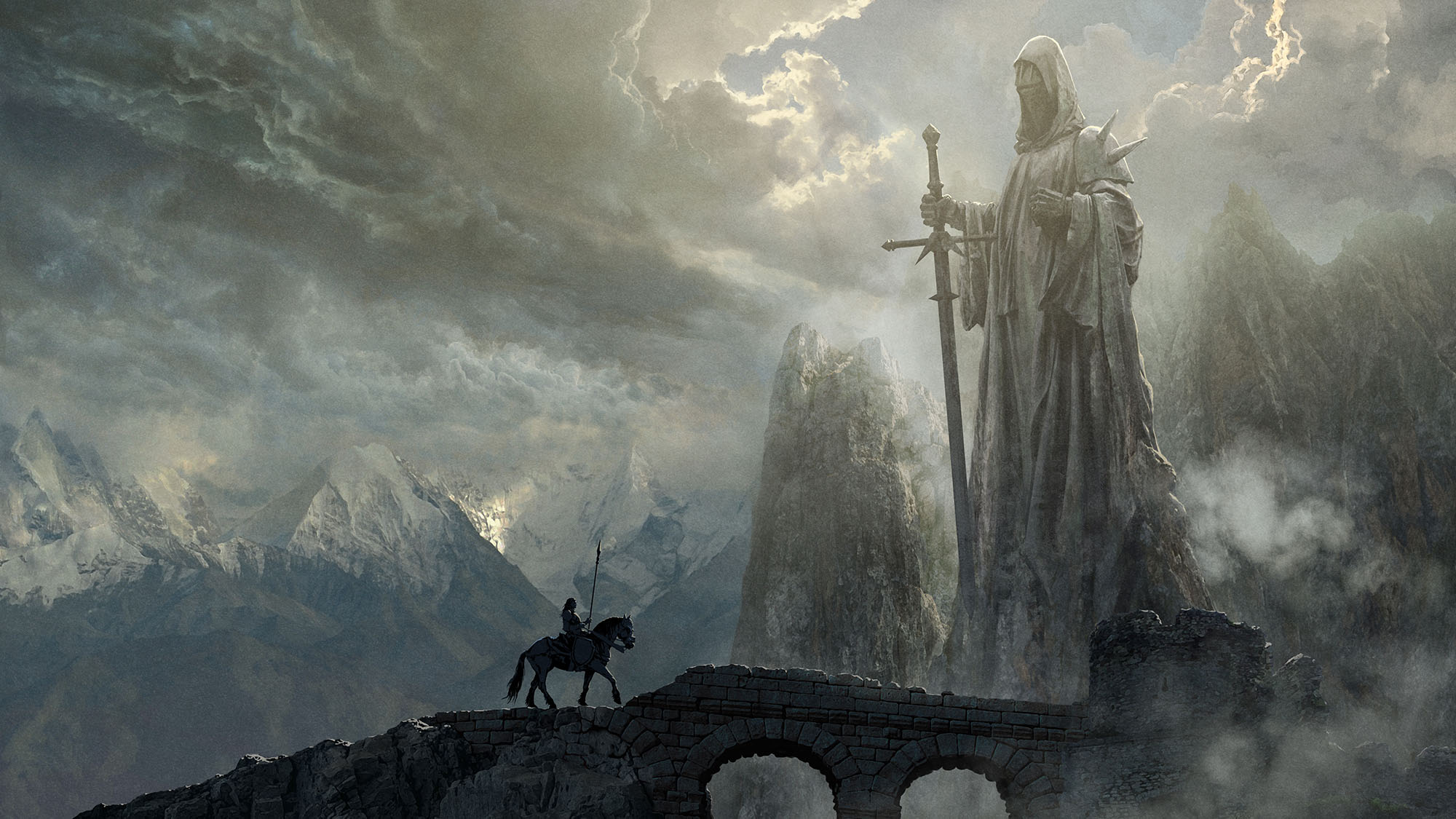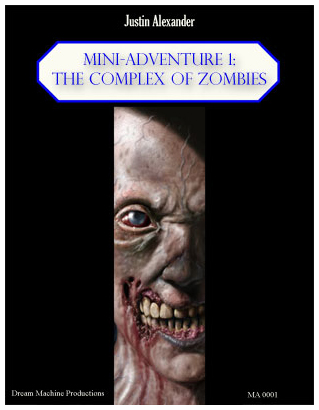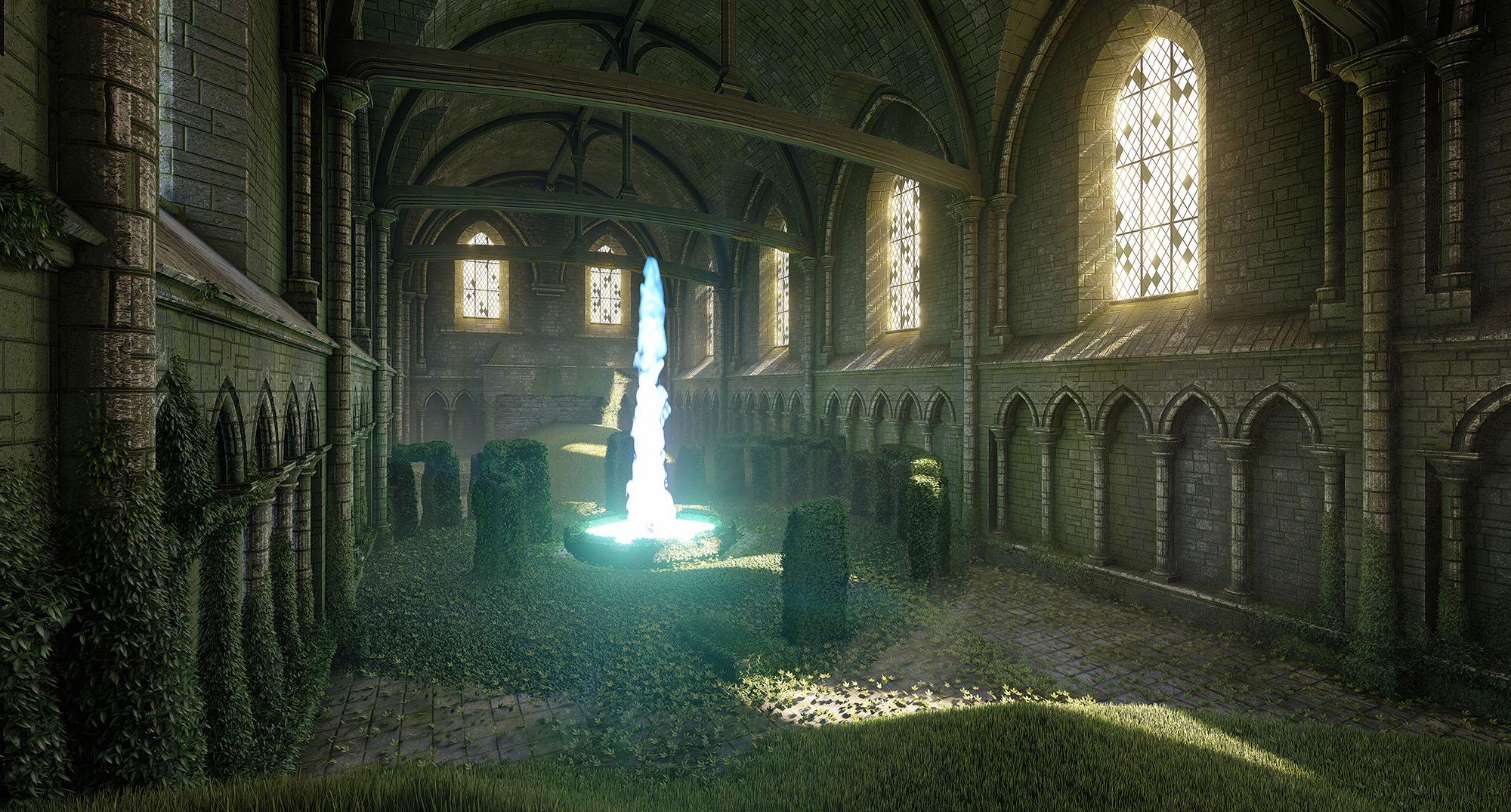
“Never split the party.”
It’s a maxim of the roleplaying hobby.
There are two primary reasons why it’s a good idea not to split the party. First, it divides the party’s strength, making each smaller group weaker and more vulnerable. (This is a particularly bad idea if you’re playing in a paradigm in which (a) adventures are primarily a string of combat encounters and (b) those combat encounters are all carefully balanced to threaten your full group with destruction. Nothing good can come from splitting up in those situations.)
Second, the concern that splitting the party places an undue burden on the GM, who now needs to keep track of two separate tracks of continuity while making sure to juggle spotlight time between the groups.
There’s some truth to both of these, which is why “never split the party” is great advice for newbies.
But in actual practice, there are A LOT of caveats.
As a GM, for example, I absolutely love it when the party splits up. With just a modicum of experience, you’ll discover that running simultaneous scenes – which is the end result of splitting the party – is basically Easy Mode for effective pacing (which can be one of the trickier skills to master as a GM): You’re no longer limited to cutting at the end of scenes, and can now use interior cuts to emphasize dramatic moments and create cliffhangers. It also becomes far easier to smoothly cut past empty time and refocus on the next interesting choice. (I discuss this in more detail in The Art of Pacing.)
As for the players: If you’re in hostile territory… yeah, splitting your strength is generally a bad idea. But once your adventures leave the dungeon, there are going to be lots of times when you’re not operating in hostile territory and can gain huge benefits from multiplying your active fronts.
You can actually think of this in terms of action economy: If you all stick together, you’ll be stuck doing one thing at a time. If you split up, on the other hand, you can often be doing two or three or five things at the same time, stealing a march on your opposition or just moving quicker towards your goals. (This can also make it easier for different characters to pursue actions that play to their unique strengths, making it less likely for some players get stuck in “passive mode” watching other players do everything important. When two actions of the same type need to happen at the same time, it’s also a great opportunity for someone who’s second-best at something to get a chance to showcase their skills, whereas normally you’d usually default to having the character with the best modifier make the check.)
Two easy examples where splitting the party can be favorable are personal scenes (hard to woo your lady love with four wingmen/women hovering over your shoulder) and time-crunched objectives. I find this style of play is more common than not in urban adventures, where meeting with multiple people at the same time can be very advantageous; or one group can be handling the barter while another group is gathering rumors down at the Docks. Being able to pursue multiple leads simultaneously in a mystery scenario is another common example (you’ve got to catch the serial killer before they strike again!), but can be strategically a little more complicated as you run the risk of inadvertently stumbling into hostile territory on the wrong foot.
Now that we know why splitting the party can be awesome, here are some quick tips I’ve learned over the years when GMing split groups.
Tip: Split spotlight time by player, not group.
Regardless of splitting the party, you generally want every player to be contributing equally and to have an equal amount of time in the “spotlight” (getting to show off the cool stuff they can do, being responsible for the group’s success, etc.).
An easy mistake to make, though, is what I call the “lone wolf spotlight,” in which one PC wanders off by themselves and ends up getting fully half of the GM’s attention. This can sometimes be a symptom of disruptive play (with the lone wolf’s activities interfering with the other players’ fun), with the increased spotlight time inadvertently rewarding the bad behavior, but this is not always the case.
Solving the problem is just a matter of keeping in mind the general principle of everyone getting an even share of the spotlight: If one group has four PCs in it and the other group has one PC in it, you should usually spend four times as long focusing on the larger group.
(There can be lots of exceptions to this. Juggling spotlight time is more art than rigid turn-keeping. Maybe the smaller group is doing something much more important and gets a lot of focus in the first half of the session, and then you can make sure the other PCs get extra spotlight time in the second half of the session or at next week’s session. But the rule of thumb here is still to split spotlight time by player, not group.)
Tip: Put the PCs under a time crunch.
The party doesn’t have to be constantly facing do-or-die deadlines, but there are A LOT of benefits to making time relevant to a scenario. It makes every choice between A or B significant, because you may not have time to do A and then do B.
Bonus Tip: You don’t need to set a plethora of explicit deadlines to make time relevant. Just having a campaign world which is active – in which the players can see that significant things happen over time; that situations evolve – will create not just the perception, but also the reality that time matters.
One of the things that will happen as a natural result of this is that the players will be encouraged to split the party: Faced with a difficult choice between doing A or B, they’ll cut the Gordian knot by breaking into two groups and doing both.
So have multiple stuff happening at the same time: Two different patrons want to hire them for jobs on the same day. An unexpected crisis breaks out just as they’re getting ready to go do a thing. When they’re in the middle of doing something, use a cellphone or sending spell to have a desperate friend call them for help.
Tip: Cut in the middle of scenes.
I touched on this earlier, but it can be easy when running a split party to fall into the habit of playing out a full scene with Group A and then playing out a full scene with Group B. (Or, more generally, resolving everything Group A wants to do before switching to Group B.)
This approach can work (and there may be times when it’s exactly what you want to do), particularly if you’re blessed with a group who thoroughly enjoys audience stance and can happily sit back and watch the other players do their thing, but more often than not this will result in Group B becoming bored for half the session and then Group B becoming bored for half the session.
So read the room and cut before people start tuning out. In my experience, it’s almost always better to cut too often than it is to wait too long, so err in that direction.
Tip: Swap groups when you’re not needed.
Are the players in Group A discussing their options? Or rolling dice to make their skill checks?
Cut to Group B!
There are a bunch of more advanced techniques you can employ for effective, dramatic cuts, but watching for those moments when the players don’t need the GM to continue playing are absolute gimmes.
(It’s also another example of why splitting the party can be awesome: If Group A is roleplaying amongst themselves while Group B is resolving stuff with the GM, then everyone is magically getting bonus playing time in your session.)
Tip: Scale time to balance table time.
Another common pitfall is to think that you need to keep time between the two groups strictly synced. So if one group is staying put while the other is driving fifteen minutes across town, you would need to resolve fifteen minutes of activity with the first group before you could even think about cutting to the other group.
This can very easily make it impossible to effectively split spotlight time or cut between the groups.
The solution, of course, is to simply not keep time synced: Start running the scene with the first group, then cut “forward” to the other group arriving at their destination. Run a bit of that interaction, then cut “backwards” to the first group.
This can sound complicated, but in practice it really isn’t. You can stress yourself out thinking about all the ways that the PCs could hypothetically violate causality, but you either (a) say that isn’t an option or (b) perform a simple retcon or flashback to resolve the conflict (whichever is most appropriate for the situation). Your players will help you do this in a way that makes sense for everyone. (Plus, in practice, timekeeping in the game world isn’t that precise to begin with, so you’ve usually got a pretty wide margin of fuzziness to fudge things around.)
Note: What if the PCs have cellphones or some other form of continual communication unlimited by distance that can trivially breach the continuity between the two groups? Often, the net effect here is that the party ISN’T actually split: Even though they’re in two different locations, each group is able to participate in what the other group is doing (by offering advice, expertise, etc.). This makes it substantially less important to balance spotlight time between the groups, since players can grab a slice of spotlight for themselves over the comms line.
Tip: If the PCs split up and get into two fights simultaneously, make a single initiative list.
And then you just swap between the fights whenever the initiative order tells you to.
(This generally works regardless of what type of initiative system you’re using. If you’re using hot potato initiative, for example, you and the players can choose to throw initiative between the two fights. If you’re using the 2d20 System, in which PCs always go first each round but the GM can spend meta-currency to seize initiative for one of the NPCs, you can simply do that for whichever fight you want at any time. And so forth.)
Running two combats at the same time is often seen as one of the hardest possible thing for a GM to do with a split party; a kind of worst case scenario. But the structure of the initiative list can actually act like training wheels. If you’re trying to get a feel for what running simultaneous scenes should feel like – cutting between scenes, balancing spotlight time, etc. – I actually think running simultaneous combat is a great way to do it.
















